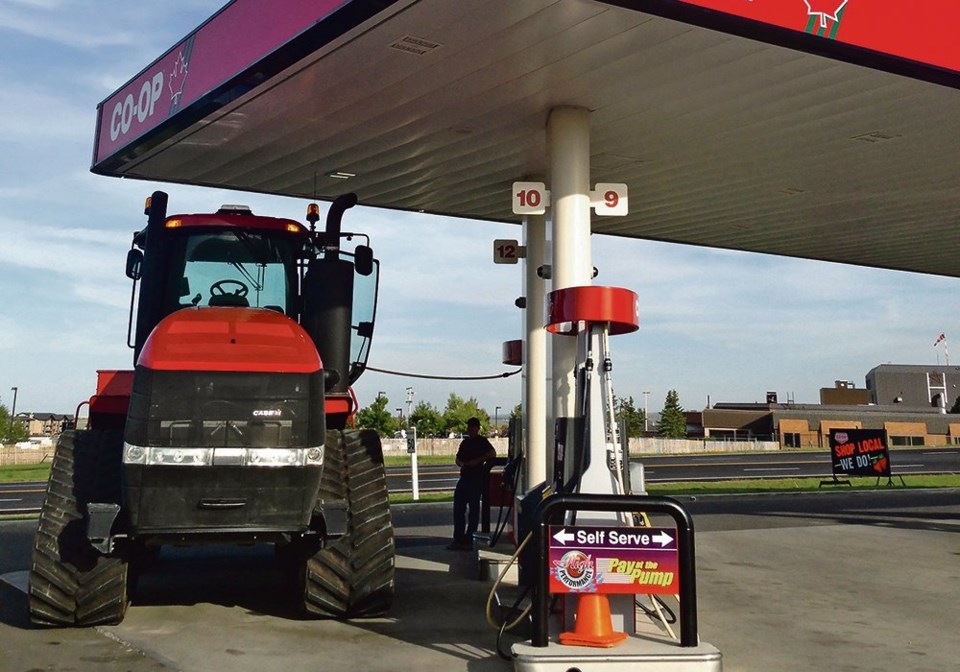Tristan Skolrud, assistant professor in the department of agricultural and resource economics, said the agricultural sector was hit with a double whammy of drought and increasing energy prices this year.
He said producers should plan a repeat of in the coming years.
“It’s not a once in a blue moon kind of thing anymore,” said Skolrud. “Stuff like this is going to happen more frequently.”
After five years of low energy prices, there has been a corresponding decrease in investment within the oil sector that will likely stymy output in the industry and keep energy prices high.
That, combined with a global move off of fossil fuels, will see prices only rise in the coming years, said Skolrud.
“As a whole, the world is trying to move away from fossil fuels, which is curtailing investment, which is leading to less production, which is part of the reason we are in this bind,” he said.
That will have more of an effect on energy prices than increases in domestic carbon taxes, said Skolrud.
With crude oil prices more than doubling from $30 per barrel to more than $80 per barrel and rising in little more than a year, the impact on producers is going to be especially felt by those who aren’t able to reap the benefit of higher commodity prices this year, said Skolrud.
He added the higher crop receipts and land values going into the pandemic last year and this year’s drought, don’t factor into the wider issue of a large disparity in which operations make the biggest profits.
“If you split up all the farms by net farm income, you see that the top 20 percent is doing well. On average, they are making over a $100,000 a year in net farm income,” said Skolrud. “But the 80 percent of farms below that, $50,000 is the max.”
For those in that lower income range and who weren’t able to take advantage of higher commodity prices or are going to cull large portions of their cattle herd, the rising energy costs will hit them hardest, said Skolrud.
“For those guys, it’s going to feel like another huge blow after a tough year,” he said. “We’re not going to see evidence of the effect of this energy price increase until next year but depending on the price of the increase, it could be pretty rough.”
Going into this winter, Skolrud is suggesting producers forecast higher energy costs when doing their financial planning.
One of the best hedges against the higher energy costs will be developing ways to move off fossil fuels, said Skolrud.
“When I talk to farmers about the carbon tax, that’s one of the hardest things they talk about,” he said. “They say I’m fine with switching to something else — just what is it. Tell me what it is and I can make the change if the price is right.”
Skolrud said he hopes the higher energy costs will fuel the need for innovation to find alternatives for what will likely be an issue for years to come and the carbon tax pays the bills for the technological advancement required.

